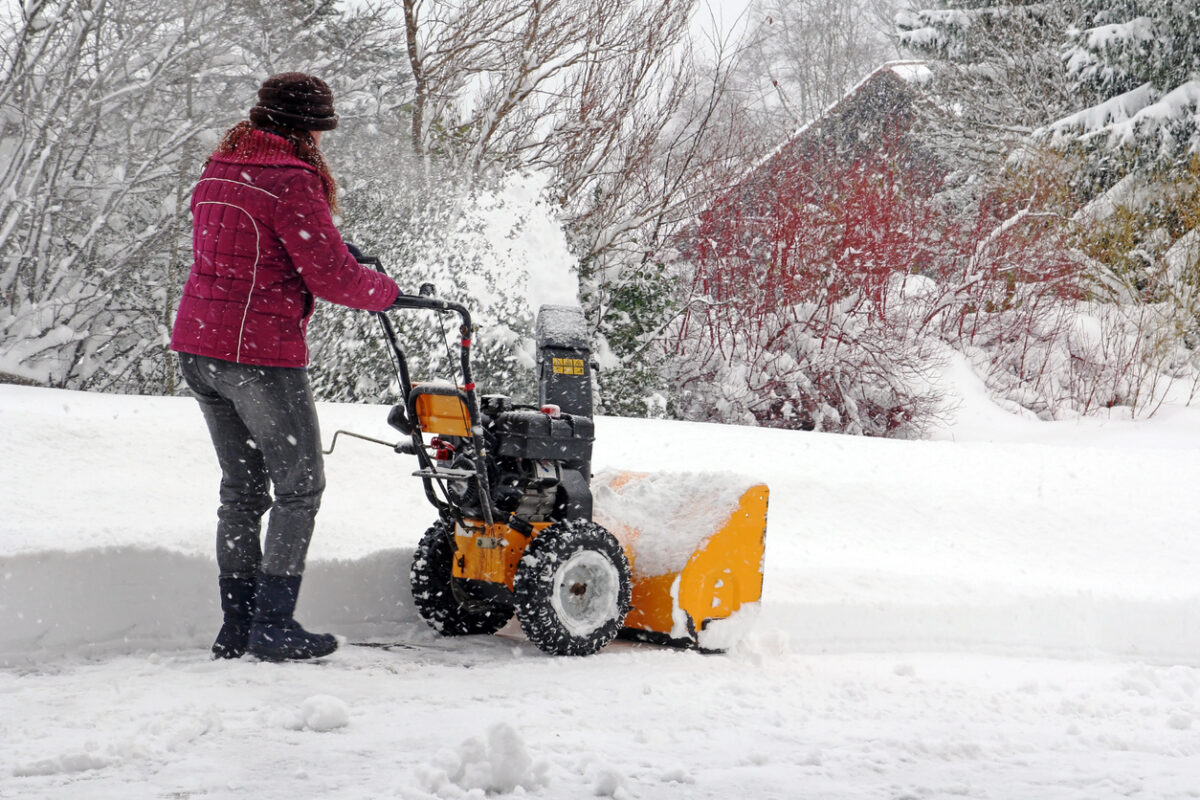

We may earn revenue from the products available on this page and participate in affiliate programs. Learn More ›
A snow blower is a vital machine for homeowners who live in regions prone to heavy snowfall—it makes all the difference when clearing a snow-packed driveway. Operating a snow blower isn’t always as easy as it might seem, however. Improper use can damage the machine, cause personal injury, or simply extend the time it takes to finish the job.
What are the best ways to operate a snow blowers efficiently, and clear driveways and pathways quickly and safely? Many of us head out to our driveway tundra without much of a strategy for how and where to move the snow, but that’s not the best course of action. Following the tips and tricks below will help homeowners avoid common snowblowing errors, keep their snow blowers in optimal condition, and get back inside (and warm) as quickly as possible.
1. Fighting the wind
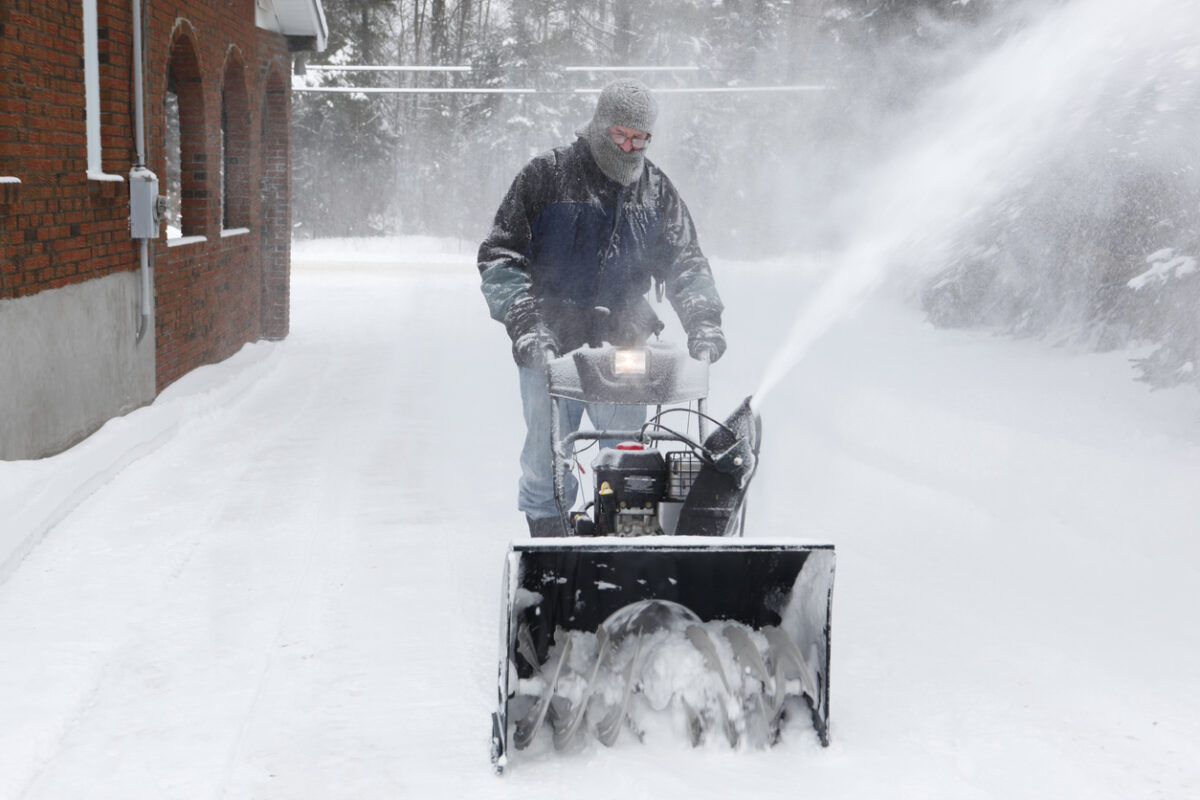
Pay attention to the direction of the wind to ensure the snow isn’t being blown back onto the driveway as it exits the snow blower. Since the chute directs the snow as it exits the snow blower, many users figure out that they must change the direction of the chute with each pass to make sure it is blowing to the correct location.
2. Following the wrong pattern

Blow snow efficiently by using one of two tried-and-true methods of snow blowing.
- If there’s no wind, begin by heading down to the middle of the driveway, then turn left and work in a circular fashion, moving outward in concentric circles. This pattern will allow you to snowblow without having to change the direction of the chute.
- In windy conditions, start upwind then use a back and forth pattern moving away from the wind. You’ll need to change the direction of the chute with each pass, but you won’t be fighting the wind.
RELATED: Yes, Your Snow Blower Needs a Nonstick Spray—And These Are the Best
3. Failing to adjust the skid slide shoes
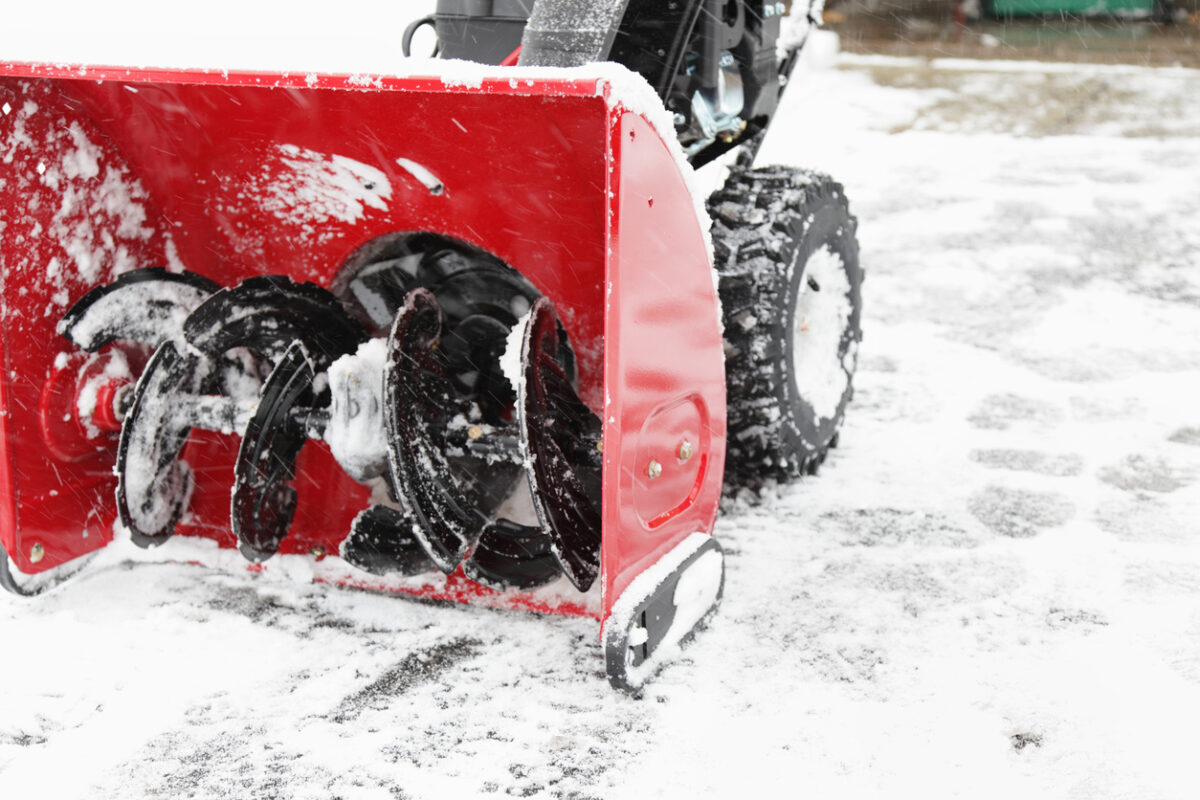
Many people don’t realize there are two guards on either side of a snow blower’s intake that prevent the auger from coming into contact with the ground as it cuts through the snow. These guards, called slide shoes, must be adjusted to suit the surface you’re working on. The shoes should be set 3 millimeters above the ground.
If you’re working on gravel, you’ll need to adjust the guards even further down to prevent the slide shoes from pulling gravel into the intake. Skid slide shoes also wear out, so make sure to check them for wear regularly.
4. Waiting for the snow to stop

You may be tempted to wait for the snowstorm to end before you begin snowblowing. Don’t. Allowing the snow to build up too high will make it more difficult for you and the snow blower to clear the snow.
Snow blowers have an intake height that ranges from 10 to 20 inches. If a large amount of snow is expected to fall, take a pass or two while the snow is still below the intake height. Then, clear the area again when the storm ends.
5. Forgetting to check for debris
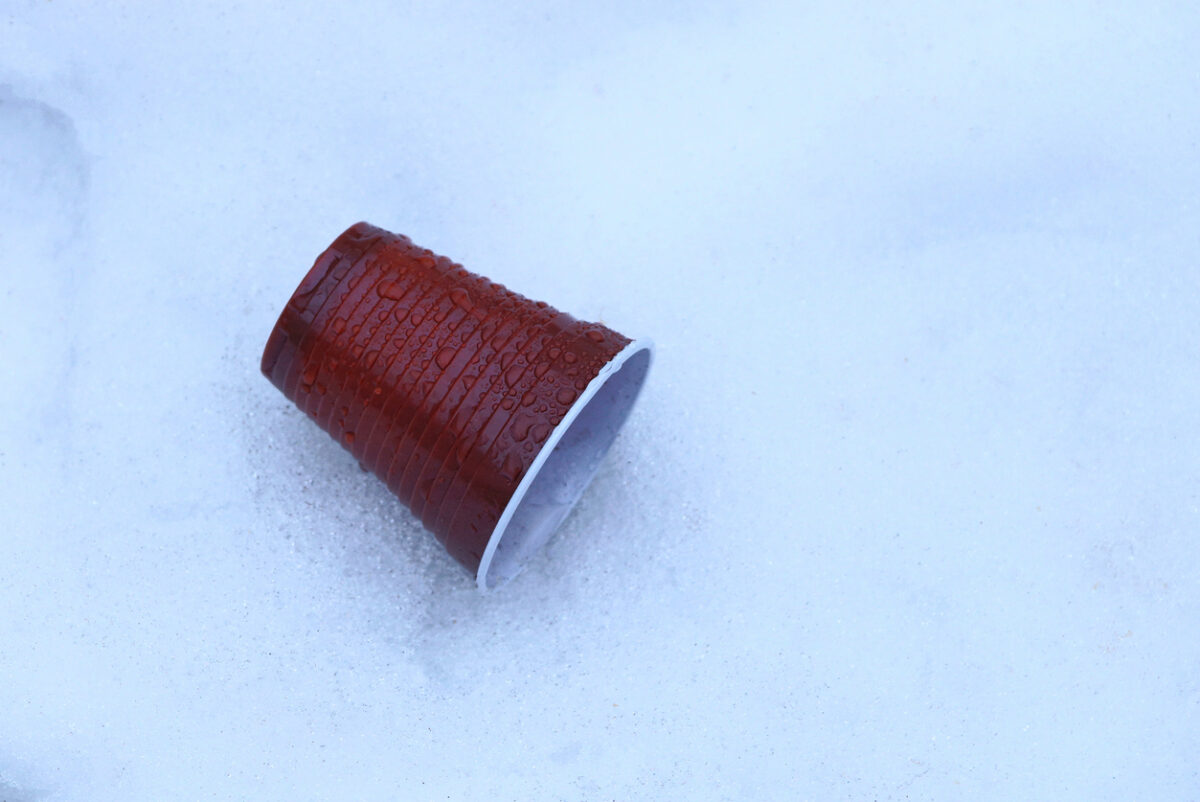
It only takes a few inches of snow to cover toys, dog chains, rocks, the daily newspaper, and other debris that may have been sitting in your driveway when the flakes started falling. Failing to examine the area before you begin snow blowing can do major damage to the auger or belt, and it can destroy the forgotten and covered objects that have been sucked into it.
RELATED: 9 Ways to Melt Ice Without Salt or Ice Melt
6. Wearing the wrong footwear
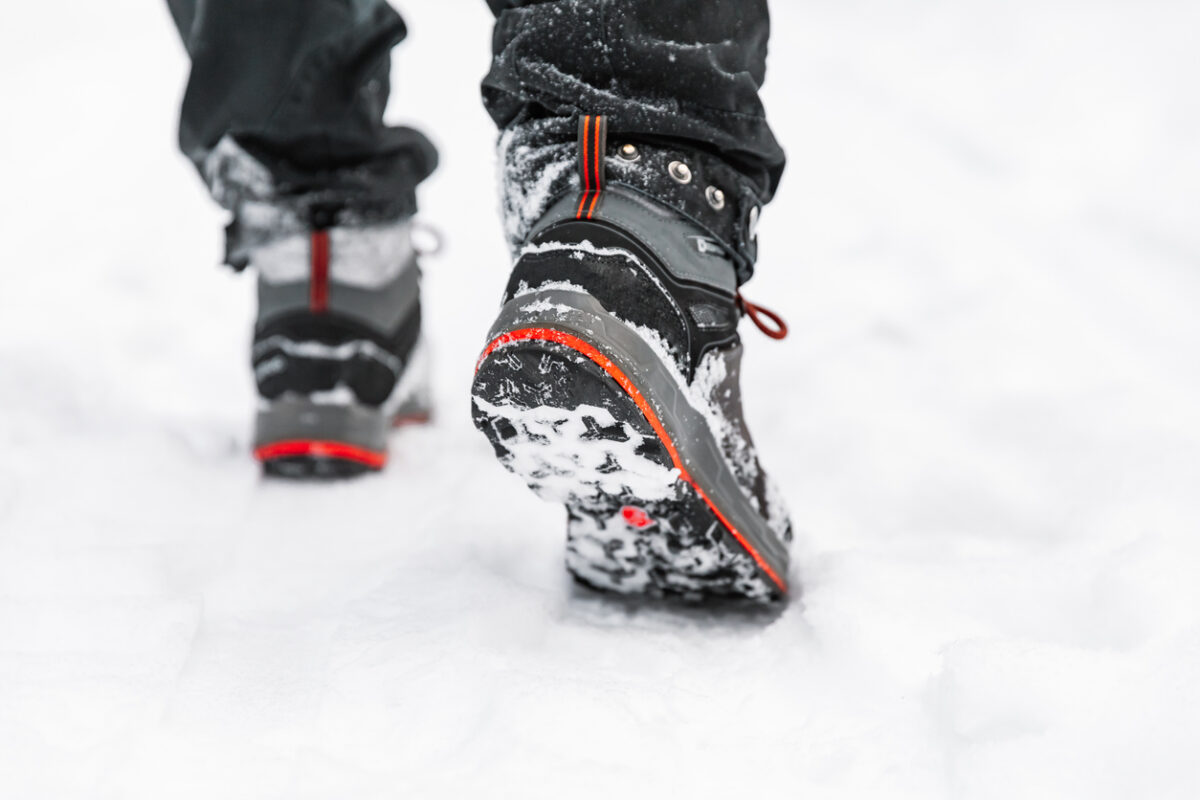
A snow blower is a heavy piece of equipment that requires users to operate it from a sturdy base. Wearing boots or shoes without adequate tread can cause you to slip and slide all over the driveway as you attempt to push and turn it. If you’re working on a slope, operating a snow blower without adequate footwear can be downright dangerous. Make sure to wear boots with treads that are designed to grip snow-covered surfaces.
7. Not throwing the snow far enough out of your path
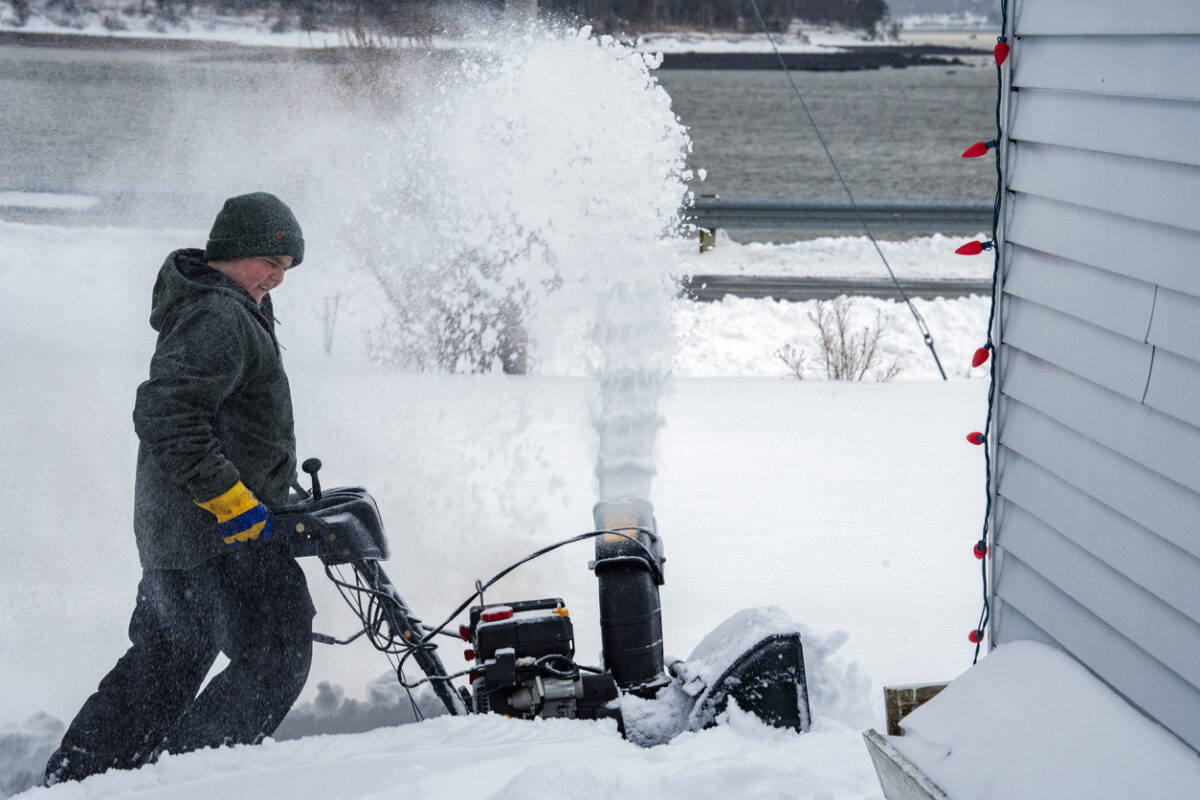
Many snow blower newbs make the mistake of throwing snow to the edge of the driveway. This strategy creates a wall of snow along that can make clearing future snowfalls difficult. Large mounds of snow also take significantly longer to melt. Instead, adjust the snow blower’s chute for its maximum distance and throw the snow as far away from the driveway as possible.
8. Biting off more than the snow blower can chew
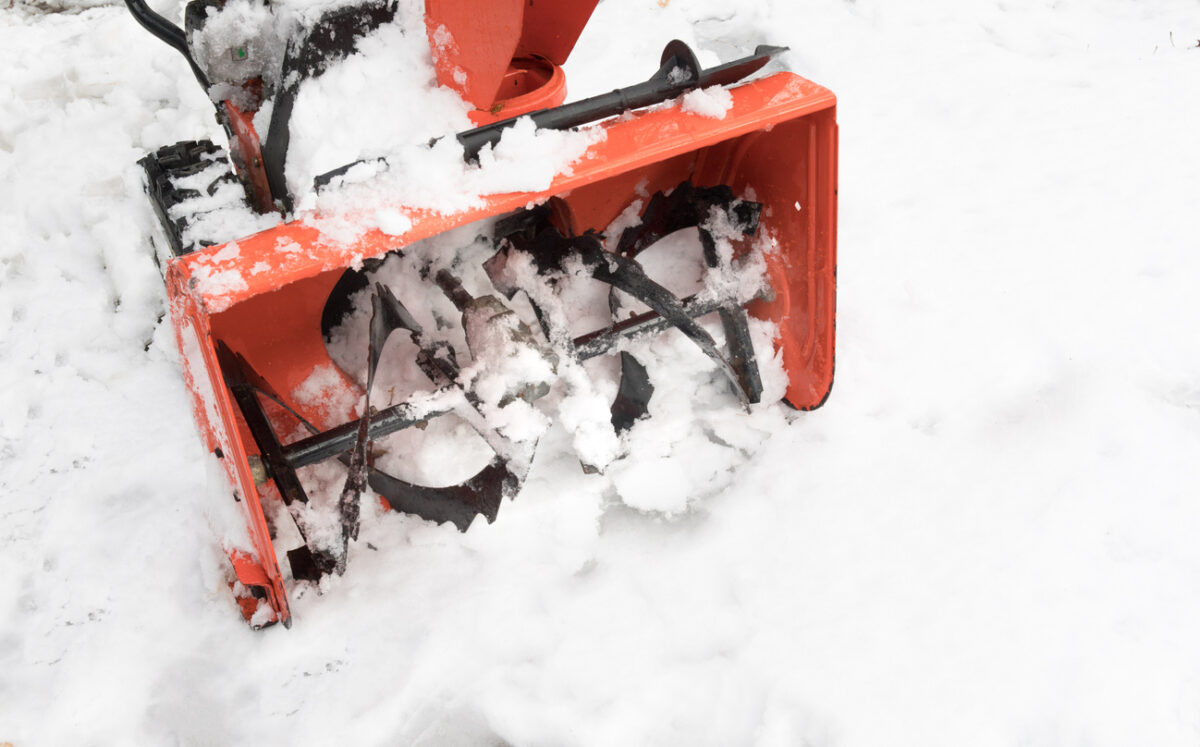
Your snow blower intake may have a width of 30 inches, but that doesn’t mean it’s capable of removing a 30-inch-wide swath of snow at all times. Heavier wet snow can quickly clog a snow blower’s intake if you attempt to force it through the machine. When faced with this type of snow, cut narrower swaths to prevent clogs.
9. Refueling without waiting for the snow blower to cool
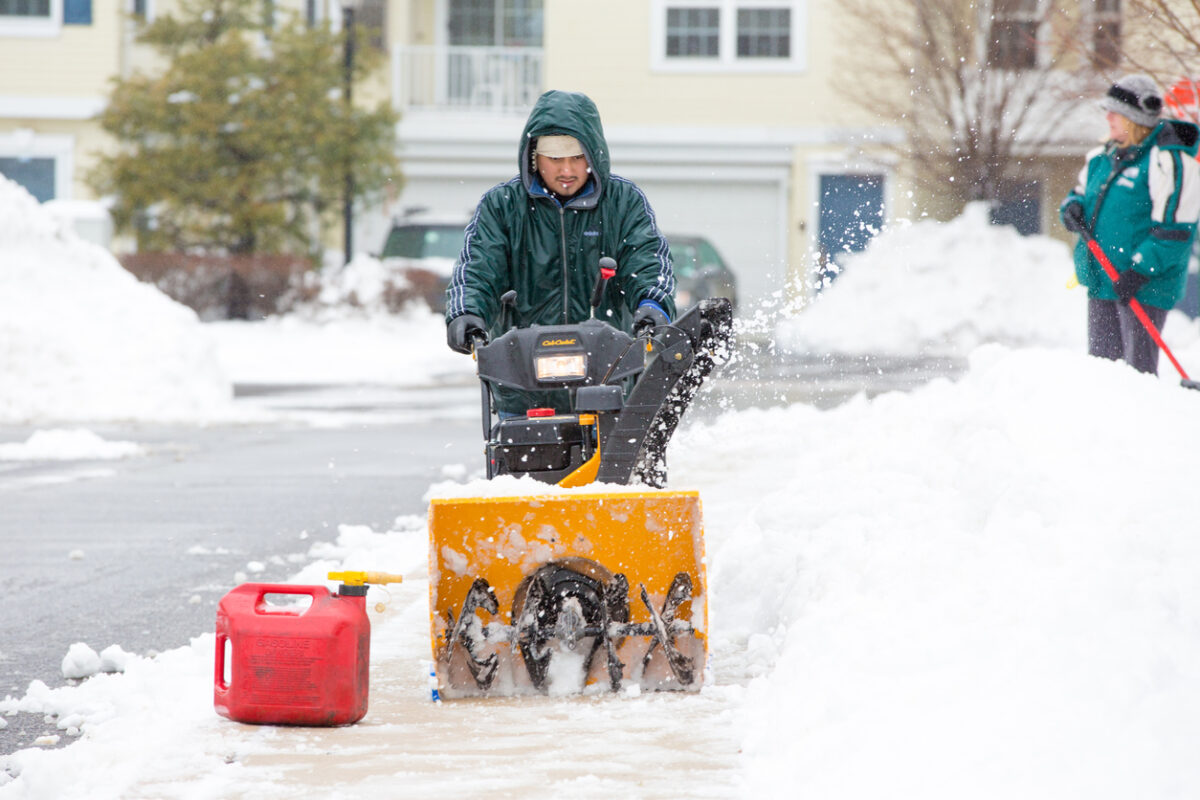
Never immediately refill a snow blower with gas mid-job. The snow blower’s engine becomes very hot as it’s working, and the fuel tank sits on the top of the engine. Any gas spilled onto the hot engine as you’re refilling it can instantly ignite, causing burn injuries while damaging or destroying the snow blower.
Accidental snow-blower fires have been so common that manufacturers advise users to wait at least 10 minutes for the engine to cool before refueling the snow blower.
RELATED: How to Maintain a Snow Blower: Top Tips for Peak Performance
10. Not respecting the tines
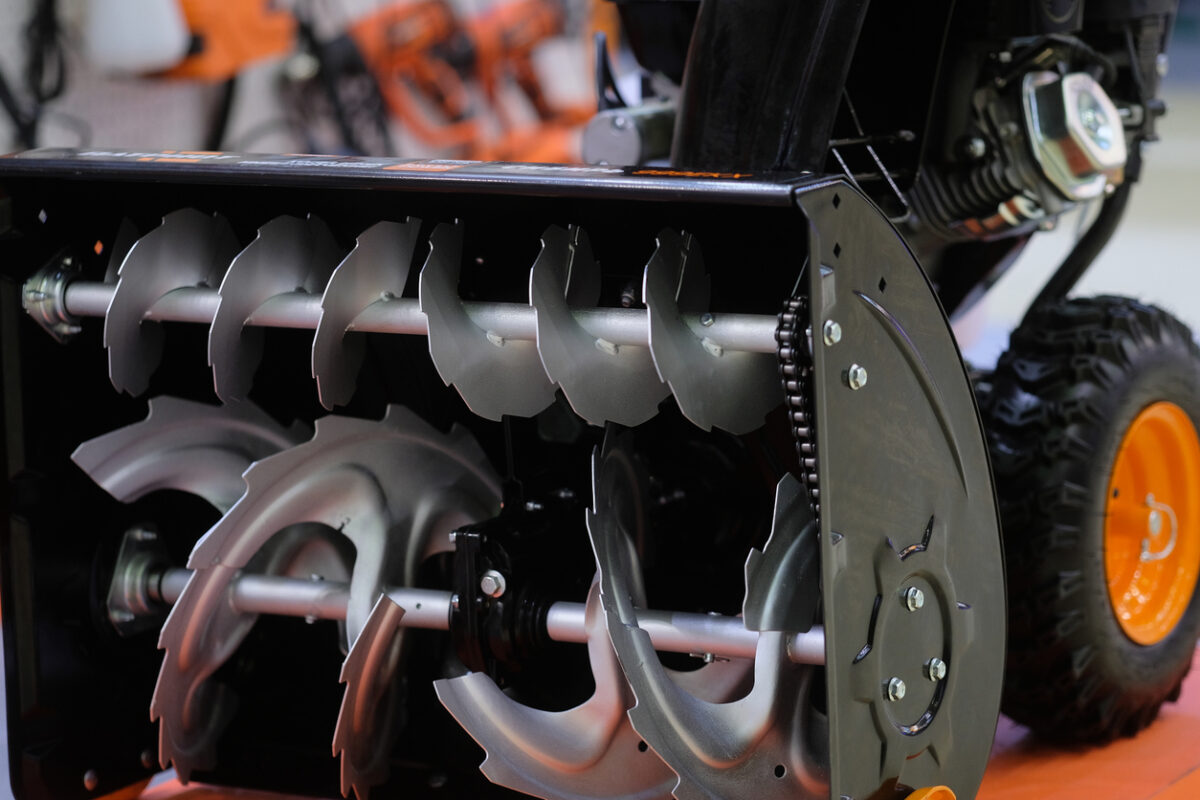
It goes without saying that the steel rotating tines that remove snow from your driveway have the potential to cause serious injury. If the snow blower becomes clogged, turn off the engine, and then use a broom handle or the chute clean out tool to remove chunks of snow from the tines.
Never use your hands or feet to attempt to clean away clogged snow from the snow blower tines. You should also avoid wearing scarves, bulky jackets, or anything that hangs off your body, as these items can become caught in the tines and pull you into them.
11. Not using fresh fuel
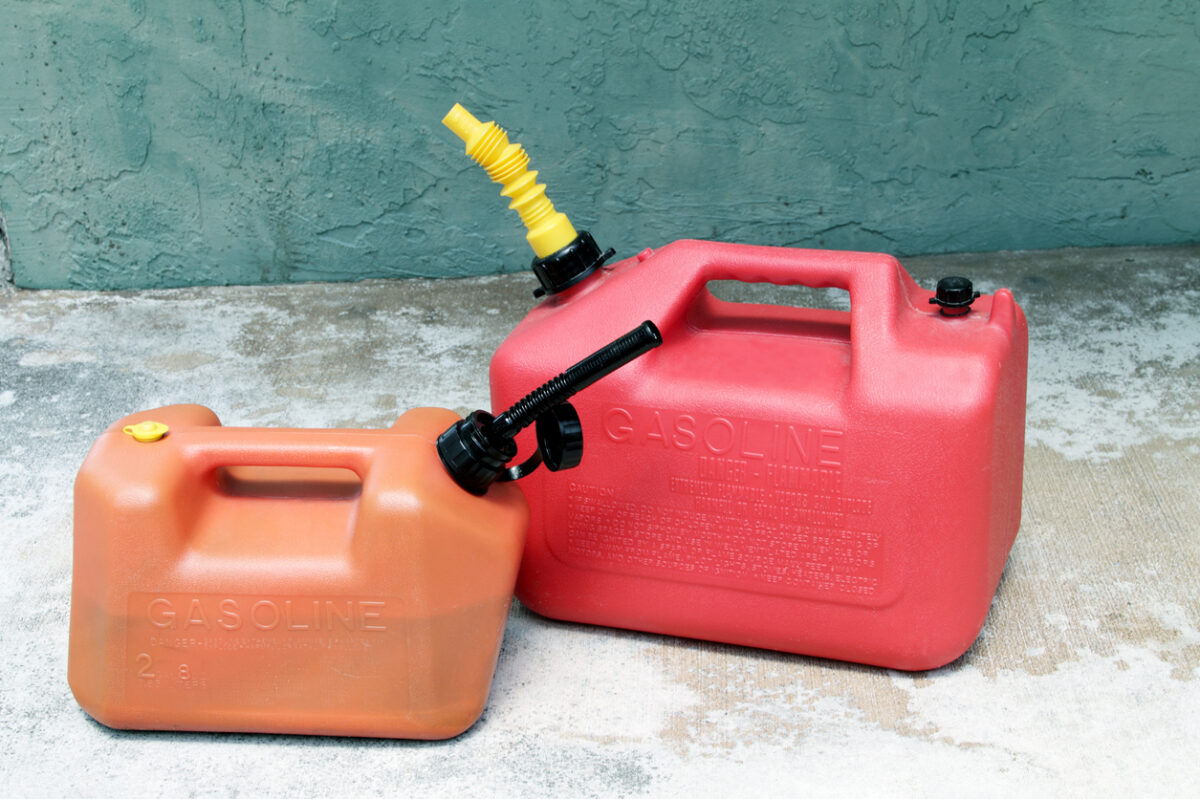
Oftentimes the most challenging thing about using a snow blower is simply getting started. Gas-powered engines are notoriously difficult to start in cold weather, so it’s important to use fresh fuel.
Using fuel left in the gas can from 14 Lawn Mowing Mistakes Everyone Makes (and How to Fix Them) makes starting the snow blower in sub-freezing conditions even more of a struggle. Filling the tank with fresh fuel will make it easier to get a snow blower up and running.
RELATED: Solved! How Long Does Gasoline Last?
